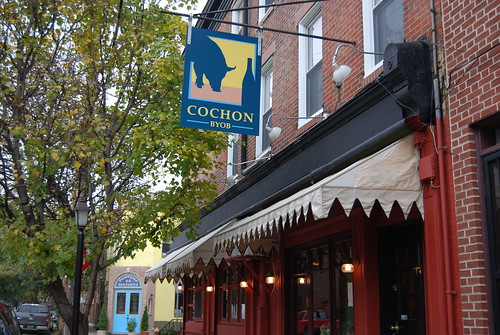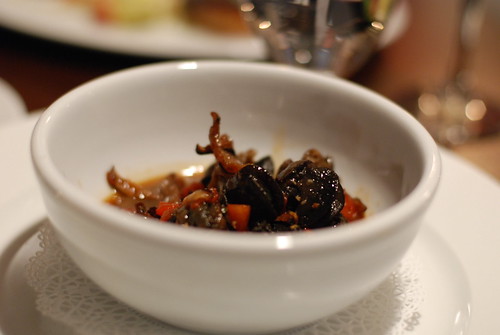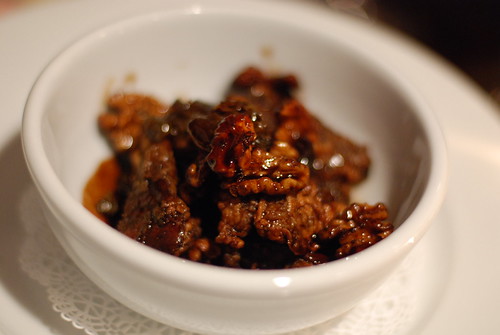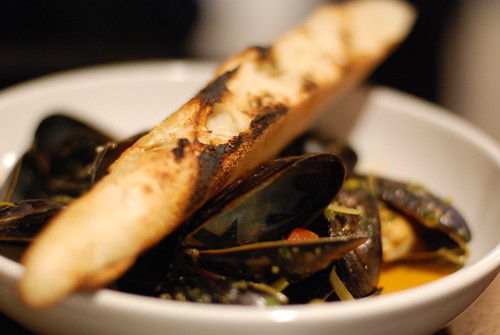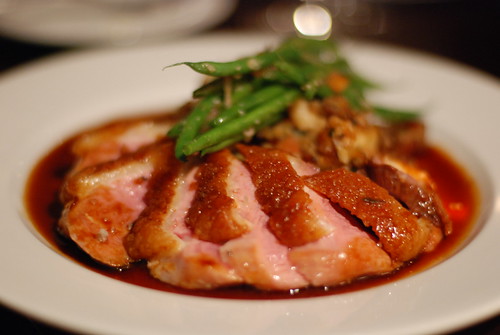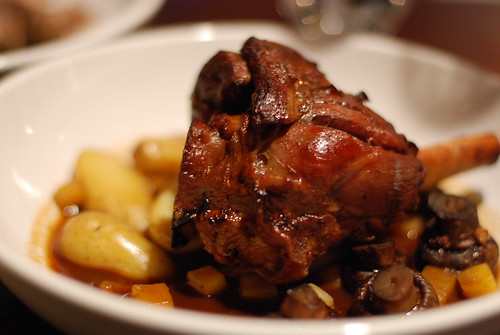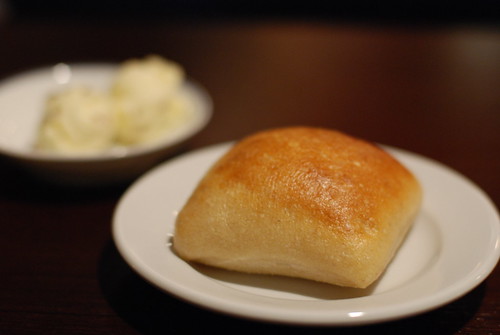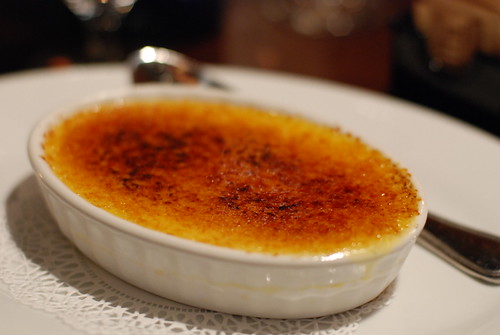Thanksgiving Wine Pairings in a Pinch
We all celebrate Thanksgiving in different ways and with different foods. But the one thing that’s guaranteed to be on almost every table this holiday is wine.
The PLCB created a wine pairing chart to help with your wine selection. 
Although the chart is helpful in identifying which varietals will work with your meal, it doesn’t recommend specific wines.
If you’re like most people, you’ve put off your Thanksgiving wine purchases until the last minute. And when you finally arrive at the PLCB store, you probably won’t have time to browse the aisles let alone decode a chart.
You need specific recommendations and you need them fast. Look no further.
The Standards: The three wines you can count on to go with your Thanksgiving meal are Riesling, Gewurztraminer and Beaujolais Nouveau. Here are some suggestions on what to pick, all of which are available at the 12th St. PLCB store: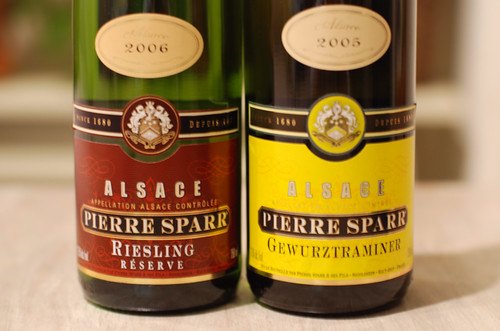
2006 Pierre Sparr Riesling Reserve (PLCB No. 22105, $14.99). A well-balanced Riesling; not a cloyingly sweet sugar-bomb. Bone dry, as Alsatian Riesling should be. Apples, pears, steely acids and a hint of spice on the finish.
2005 Pierre Sparr Gewurztraminer (PLCB No. 21762, $12.99). Low acids and glycerol give this medium-bodied wine its characteristic sweetness. Lychee, grapefruit and dried apricots on the nose. Similar flavors on the palate, and a touch of spice at the end.
2007 Georges Duboeuf Beaujolais Nouveau (PLCB No. 5877, $11.99) and 2007 Leonard de St.-Aubin Beaujolais Nouveau (PLCB No. 8998, $11.99). You expect Beaujolais Nouveau to be fruit forward. This year’s crop is different. The fruit is incredibly subdued, which exposes more of the wine’s acidity. And that’s not necessarily a good thing in such a light-bodied red. You’re left with unripe sour cherry, tart cranberry, somewhat bitter undertones and an almost slightly medicinal aroma. This is true of both of the Beaujolais Nouveau. I’d pass on the Beaujolais Nouveau this year. But if you have to choose between the two, go with the Duboeuf over the St.-Aubin because the Duboeuf has a little more fruit to grab onto.
Branching Out: Tired of the standards? For a little more adventure, try these: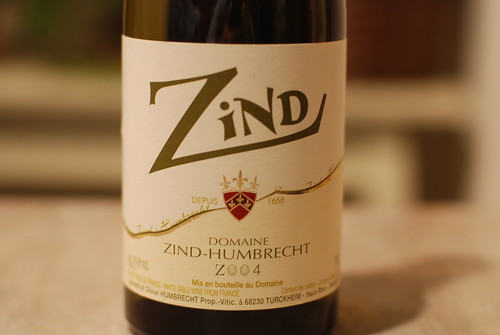
2004 Domaine Zind-Humbrecht Zind (PLCB No. 21229, $18.99). Consider this as an alternative to Riesling and Gewurztraminer. This white from Alsace is focused and expressive. It’s made with 70% Chardonnay and 30% Auxerrois, an Alsatian varietal that adds substance and nuance. Floral and citrus flavors decorate the palate. It has a rich mouthfeel but the finish is crisp and bright. Seductive honeysuckle notes linger for minutes.
Georges Duboeuf Morgon Jean Descombes (PLCB No. 5504, $15.99). Consider this wine instead of the Beaujolais Nouveau. Although Morgon is made with same grape used in Beaujolais Nouveau, the Gamay grape, it has a little more depth. Sweet cherries and mocha with mineral undertones.
2005 Simonnet-Febvre Pinot Noir Vin de Pays des Portes de la Méditerranée (PLCB No. 18853, $8.99). Burgundy and Old World-style Pinot Noir are stellar wines to pair with a roasted turkey because they deliver earth and fruit flavors that perfectly complement your typical Thanksgiving spread. However, the problem in PA is that (a) all of the Burgundy on the PLCB stores’ shelves is pretty pricey; and (b) most of the Pinot Noir is not only pricey, but it’s New World-style. To get a drinkable Pinot (New or Old World), you normally have to shell out at least $40. Then there’s the Simonnet-Febvre Pinot Noir, which clocks in at an almost laughably low $8.99. This isn’t an elegant Pinot Noir you’ll get misty about a la Sideways. But it does have the barebones framework of an Old World-style Pinot Noir. A shocking effort for the price.
2005 Lacrimarosa Campania Rosé Mastroberardino I.G.T. (PLCB No. 25333, $12.99). Made from the Aglianico grape, this Rosé displays delicate strawberry and raspberry fruit supported by an ashy minerality that's blended with a slight creaminess. Lime and citrus notes brighten the finish.
2003 Cantina Zaccagnini Montepulciano d’Abruzzo Riserva (PLCB No. 4560, $11.99). For those who are fans of Pulp Fiction, consider this the Winston Wolfe of wines: it solves problems. This red wine is not the most intuitive match for a Thanksgiving meal, I’ll admit. But it’s versatile enough to save the day. The fruit, tannins and acidity are well balanced, and it’s guaranteed to go with something on the table. A consistent crowd pleaser, and my current house wine.
